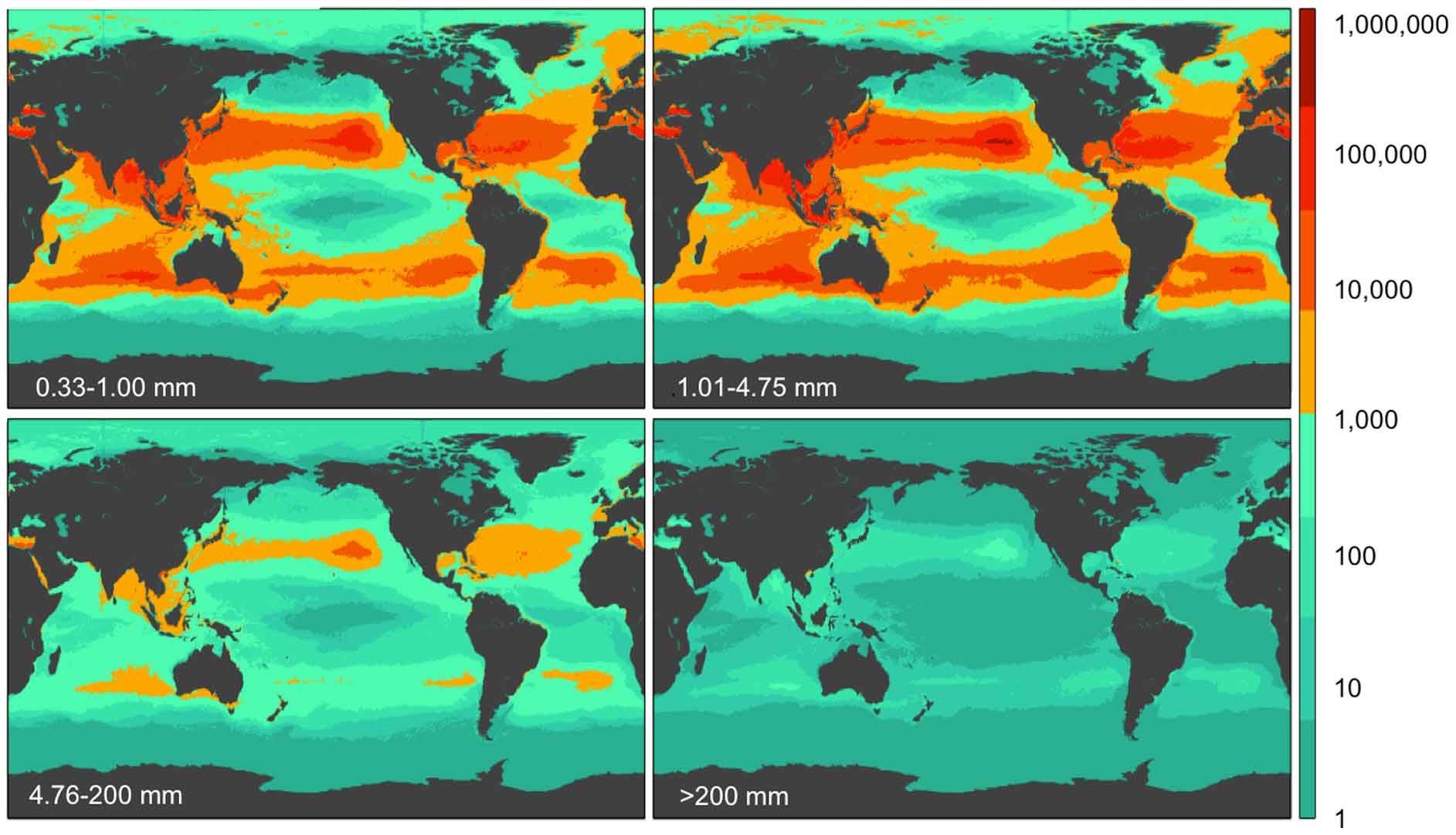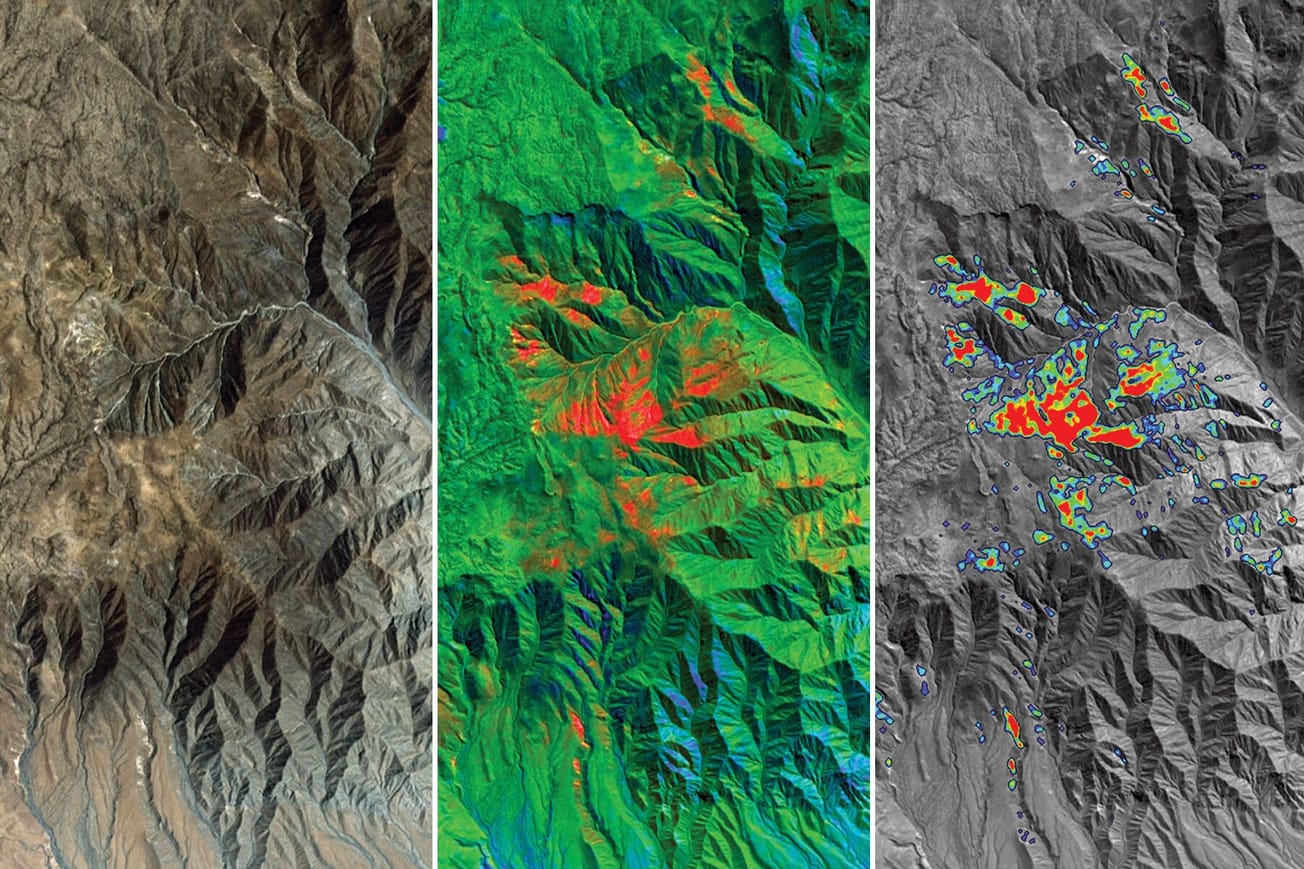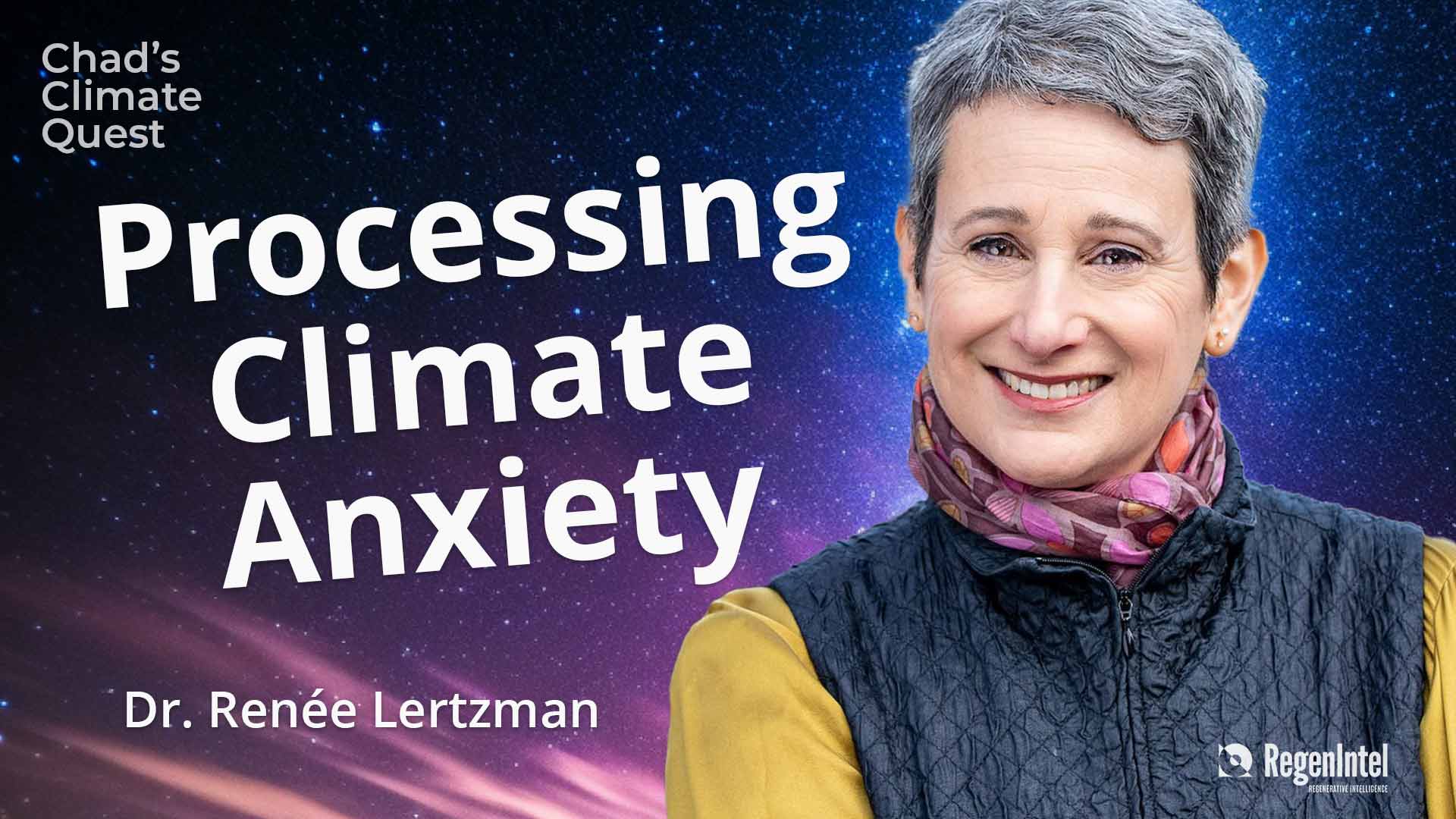RedWorks Construction Technology, co-founded by CEO Keegan Kirkpatrick, is using technology from space - in a sense - to decarbonize the construction industry with hardware that manufactures bricks on site, on demand, using a dirt source from the construction site.
Those bricks could replace concrete, which today is responsible for 8% of global greenhouse gas emissions. Also, another big emitter in this industry is the transportation of materials to the building site, so site production can eliminate that impact as well.
But first, everyone should know that Keegan’s solution was originally envisioned to support space exploration. In addition to running RedWorks, he's a partner at Space Advisors, a group that helps companies do business in the space industry. He's also an aerospace engineer who has designed and built rockets and satellites, and has taken part in more than two dozen flights and test firings of reusable rockets.
Keegan has become closer than most of us ever will to actually touch the cosmos. He’s been in the industry for the last 10 years, motivated by his love of what it represents.
He says: “Spaceflight is the most challenging, most hazardous, most perilous thing that you can really do as an engineer. And when you're someone who even stops being a virtual 'wrench turner', like I was, it's an industry that constantly challenges and pushes you to be the best at what you can possibly be. So from where I see, it's an industry that is not only something trying to solve really big questions about exploration, it can inspire and improve projects on terra firma in any given moment.”
RedWorks is a really good example. It was started originally as part of NASA's annual Centennial Challenge to use space technology and work in conditions that normally would be found in Space. Built out of a group of people who were mainly 3d printing enthusiasts in the Palmdale Antelope Valley area where Northrop and Lockheed are, they put together a proposal based on the idea of 3d printing an entire habitat, just from local sources of dirt. Their construction process was innovative and the response was very positive. From there they built a company to spin off the technology originally designed for space, to make it possible to build construction materials like masonry units, bricks, and pavers with available dirt.
Explore space and Earth construction innovations with Kirkpatrick and Dylan Garrett, host of Hardware to Save a Planet, in a conversation about a business that is literally built from space to ground.
Learn More: https://www.redworkscti.com/
ABOUT DYLAN GARRETT
Dylan Garrett is the Head of Climate Tech Business at Synapse, part of Capgemini Invent. He is also the host of the podcast Hardware to Save a Planet. Dylan works with companies leveraging hardware technology to fight climate change with solutions that range from carbon dioxide removal, water conservation, waste management, energy storage and production, and beyond. With a love of nature that stems from an upbringing in the Rocky Mountains and a background in mechanical engineering, he is driven by a belief that hardware innovation is necessary to reduce global warming.











